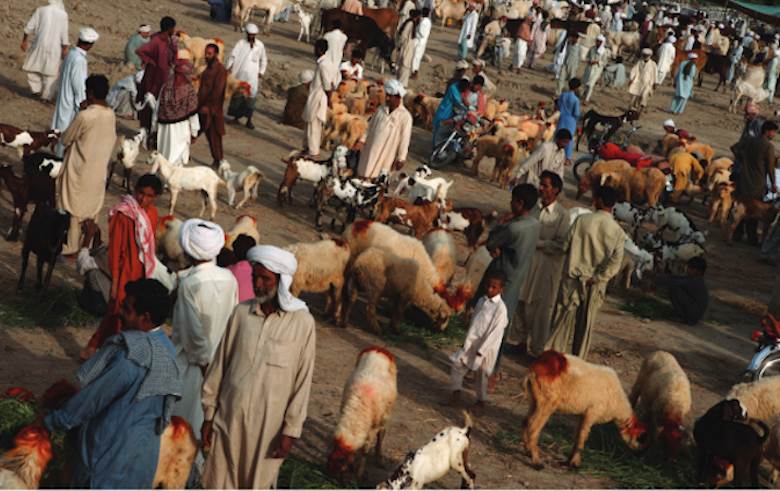Livestock is essential for 600 million of the world’s poorest households
24/10/2018

Campaign groups calling for a meat-free world often miss or ignore this key point.
In its new report, World Livestock: Transforming the livestock sector through the Sustainable Development Goals (SDGs), the FAO insists that the global livestock sector must improve its carbon footprint, but says wider adoption of existing best practices and technologies in feeding, health, husbandry, and manure management could help the global livestock sector cut its greenhouse gas emissions by as much as 30%.
As the title suggests, the FAO’s main objective in publishing the report is to encourage the livestock sector to “realign itself to better support the UN’s sustainable development”. In 2015, the United Nations set 17 global goals for sustainable development, including zero hunger, no poverty, good health and wellbeing for people, gender equality, and decent work and economic growth.
The role of raising livestock in achieving these goals seems clear to the FAO. It said at the time of publication that livestock production currently employs “at least” 1.3 billion people worldwide and that livestock is an essential source of income for about 600 million of the world’s poorest households.
It has predicted that, between now and 2030, the target for meeting the SDGs, meat production will increase by 19%, while milk production will go up by 33%.
According to the Rome-based organisation’s statistics, animals are also an important source of power. In India, for instance, two-thirds of the country’s cultivated area is ploughed using animals, and 14 million animal-drawn carts haul up to 15% of the country’s total freight.
Lastly, the report says projects to turn manure into energy have been successful in many parts of the world, most notably in China and India. In the ten years to 2013, China built more than 40 million small, household biogas plants to provide light, heating and power to rural homes. In 2015, India had around 4 million of these plants.
Image: FAO/Asim Hafeez











